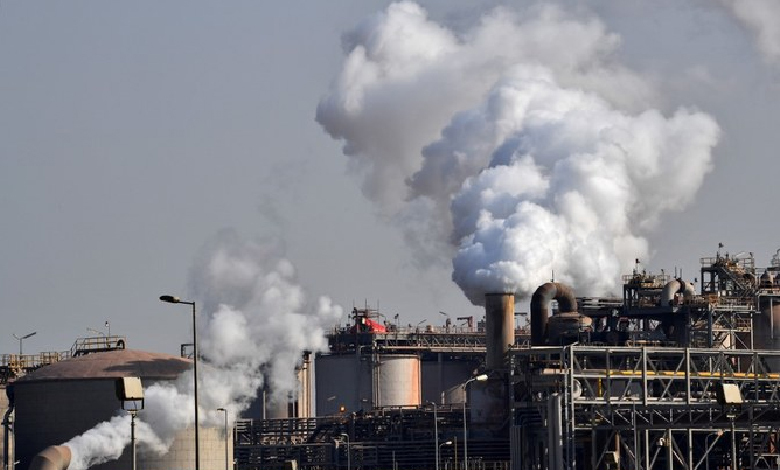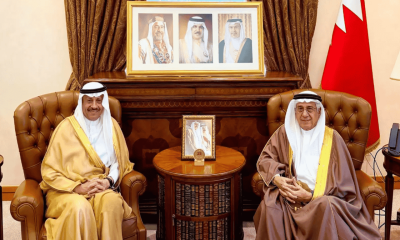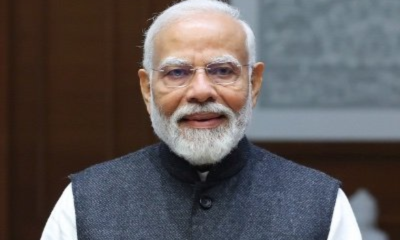Saudi Arabia, also the biggest economy in the Arab world and the biggest crude exporter on the planet, is on track to meet its goal to reduce carbon emissions by 278 million tonnes a year by 2030, officials said at the Saudi Green Initiative (SGI) Forum.
In an effort to overhaul its economy and reduce its dependence on oil, the Kingdom has set ambitious targets to fight the raging climate emergency and cut carbon emissions. It plans to achieve net-zero carbon emissions by 2060.
Renewable Power & Green Hydrogen Project
Since last year, Saudi Arabia has added 2.1 gigawatts of renewable energy to its grid, bringing the total capacity of installed renewable energy to 2.8 gigawatts – a 300% increase.
By the end of 2023, the production capacity of renewable energy projects under construction could exceed 8 gigawatts, amid an extra 13 gigawatts of capacity in development.
An $8.5 billion green hydrogen project is being developed in the smart city Neom. It is expected to utilise 4 gigawatts of renewable power to produce 650 tonnes of hydrogen from electrolysis everyday. Annually, it will produce some 1.2 million tonnes of green ammonia.
Oil And Gas Decarbonisation Charter (OGDC)
Furthermore, Saudi Aramco – considered the largest oil exporting company in the world – was among the 50 oil and gas companies that signed the Oil and Gas Decarbonisation Charter, that calls for net-zero emissions by the middle of the century or before.
The OGDC, signed by ExxonMobil and Shell as well, also calls for near-zero upstream methane emissions by the end of the decade. The charter marks a significant success at the fortnight-long COP28 Summit hosted by the UAE until December 12.
Read More: UAE’s Masdar Helping Angola Become A Renewable Energy Manufacturing Hub
Despite substantial reliance on oil and gas exports, Saudi Arabia, the UAE and Qatar have been most active in the GCC region in adopting measures aimed at mitigating the climate crisis, according to the Middle East and Africa Environmental Sustainability scorecard.






















